
What are the Pros and Cons of Ethanol Biofuel?
STEM Explained
Biofuels like ethanol might help fight climate change. But they can contribute to food insecurity and greenhouse gases in ways that might surprise you.
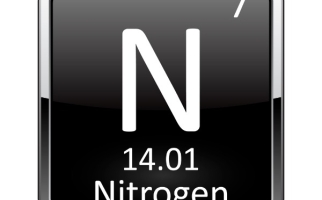
Understanding the Nitrogen Cycle
STEM Explained
What is the nitrogen cycle? How do human activities such as using fertilizer affect the nitrogen cycle? How can this cause greenhouse gases?
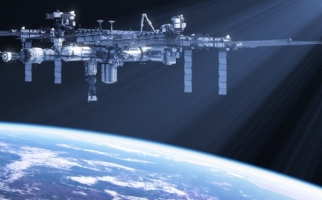
Temperature on Earth and on the ISS
Backgrounders
Temperature is an important part of life on Earth and life in space. This backgrounder explains what temperature is, how it affects people and how it is controlled on the International Space Station.
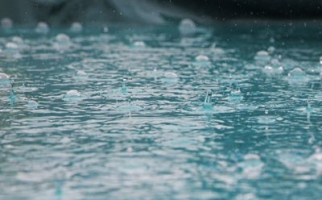
The Water Cycle
Picture Collections
1 diagram illustrating the water cycle
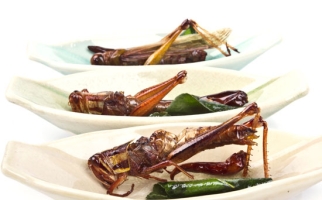
Should We Eat Bugs?
STEM Explained
What's tasty, abundant and high in protein and vitamins? Bugs! Bugs feed about 2 billion people each day. They also hold promise for food security and sustainability.
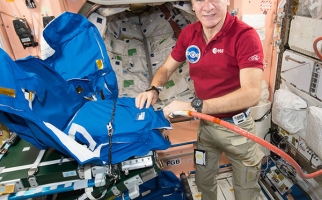
Radiation and Human Space Exploration
STEM Explained
One of the greatest hazards that humans in space face is cosmic radiation. Learn what cosmic radiation is, why it's dangerous, and ways that we are looking at protecting humans in deep space.
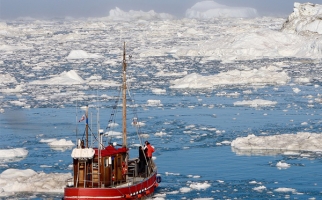
Reaching the Arctic
STEM Explained
How will arctic ice melt from climate change affect exploration, scientific research and geopolitics?
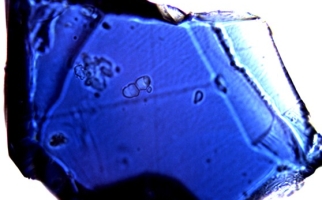
Ringwoodite and the Deep Water Cycle
STEM Explained
The water in the oceans has travelled vast distances. It has even time spent deep below the surface of the Earth, trapped inside the mineral ringwoodite.
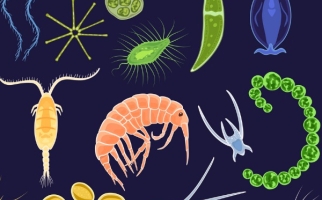
Marine Microbiology: Meet the Microbes of the Sea!
STEM Explained
The ocean is full of very small but very useful creatures called microbes. Without them, none of the sea plants or animals you’ve seen would exist!
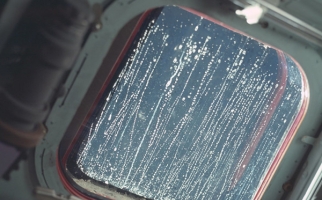
Humidity on Earth and on the ISS
Backgrounders
Humidity is an important part of life on Earth and life in space. This backgrounder explains what humidity is, how it is measured and how it affects us both mentally and physically.
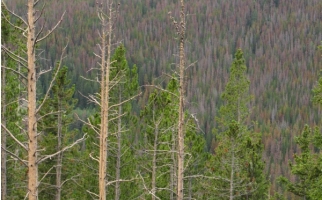
How Do Introduced Species Affect Ecosystems and the Economy?
STEM Explained
When a species ends up outside of its natural zone, the consequences on other species, ecosystems and human industries can be severe. Climate change and human activities can introduce species into new zones.
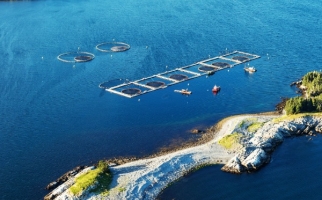
Farmed Salmon vs. Wild Salmon
STEM Explained
Aquaculture is seen as a sustainable way to produce fish. But are farmed salmon better than wild fish?
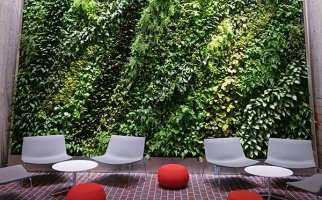
Green Walls
STEM Explained
Green walls use plant processes to improve air quality in buildings.
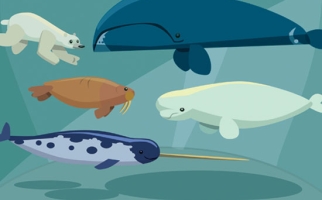
How are Arctic Animals in Canada Affected by Climate Change?
STEM Explained
Arctic animals have evolved to thrive in harsh arctic ecosystems, but the environmental footprint created by climate change is affecting their survival.

Cosmic Radiation and Aviation
Backgrounders
Learn how people came to understand the source of cosmic radiation, as well as how this radiation impacts those who work in and travel on airplanes.